
Immer hinten links und mein jüngerer Bruder hinten rechts, alles andere fühlt sich einfach falsch an. Es gibt Bilder von mir als Baby, wo ich im Kindersitz hinten rechts sitze (wahrscheinlich damit meine Mutter besser an mich rankommt), aber ich denke mal, als dann mein Bruder auf die Welt kam, hab ich nach links gewechselt und das ist bis heute so.
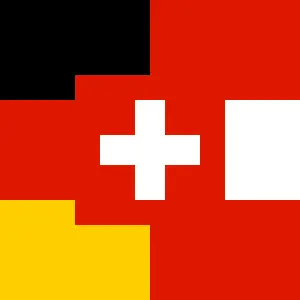

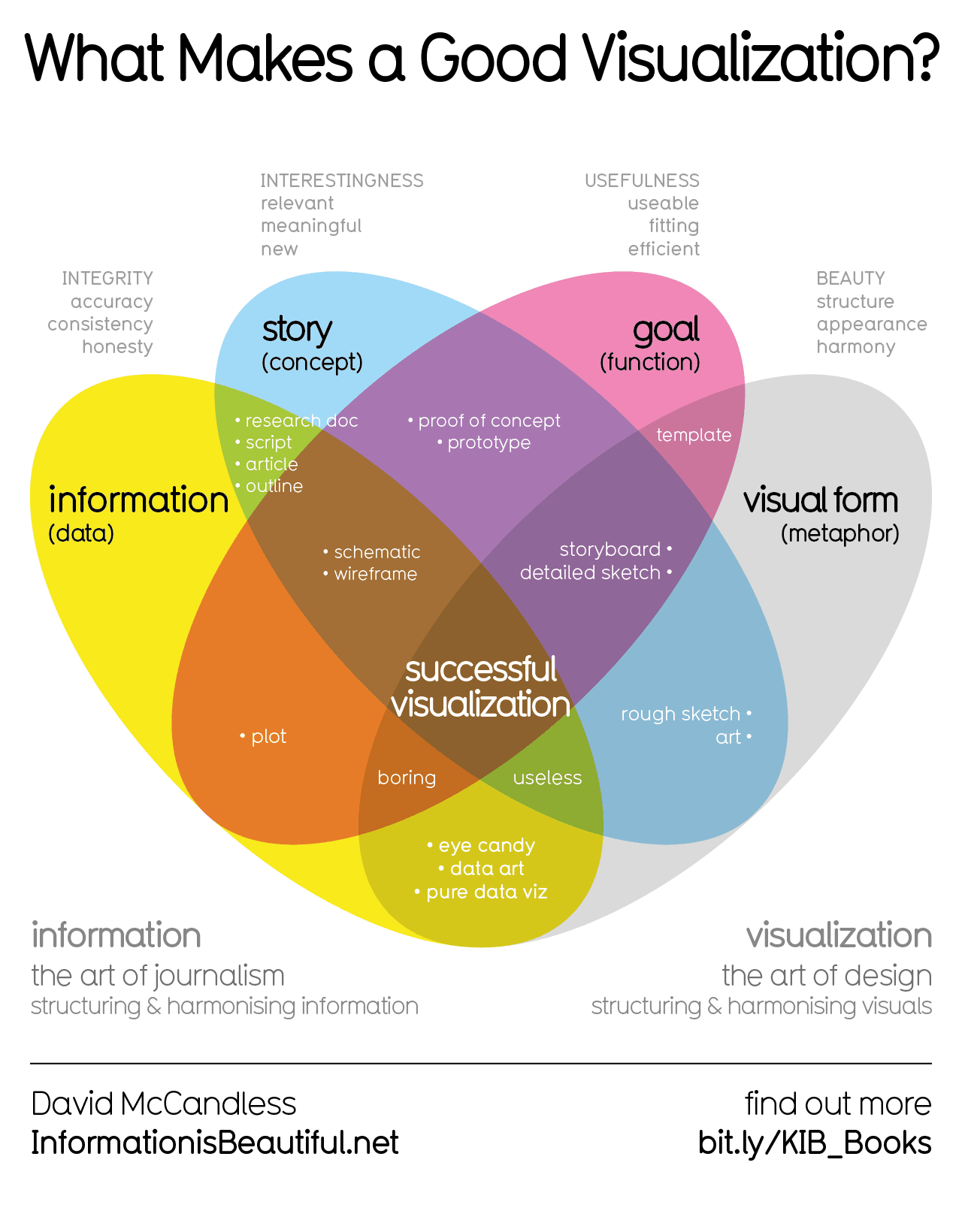
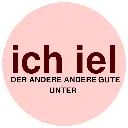
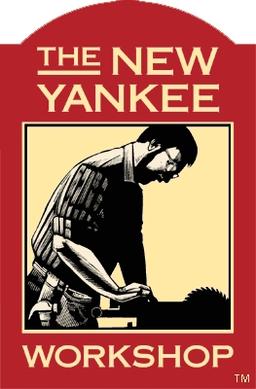





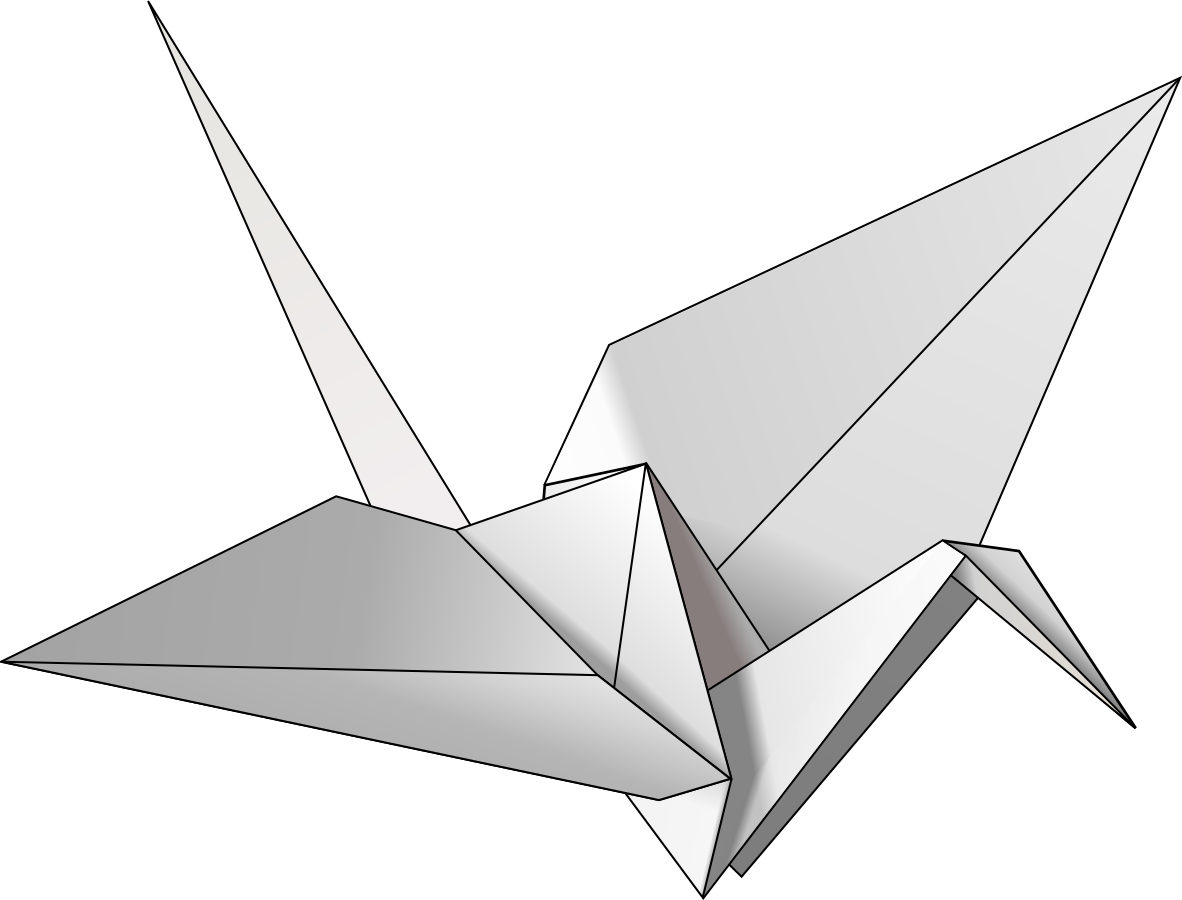

Die Tatsache, dass sich das falsche “self-made” im Deutschen mittlerweile durchgesetzt hat, nervt mich total, aber Sprache verändert sich nun mal (und ja, ich benutze Wörter wie Handy und ganz selten auch das Sprichwort “No risk, no fun”, das im englischsprachigen Raum komplett unbekannt ist)… das tut trotzdem jedes Mal in meinen Augen weh